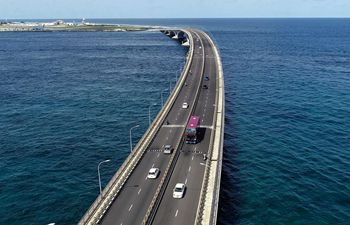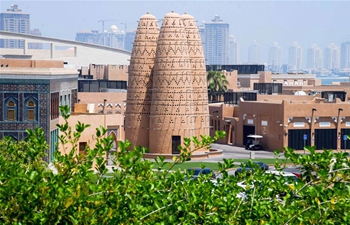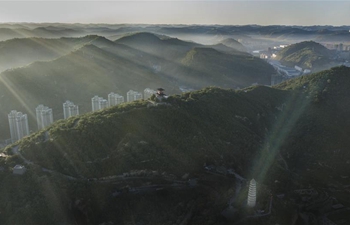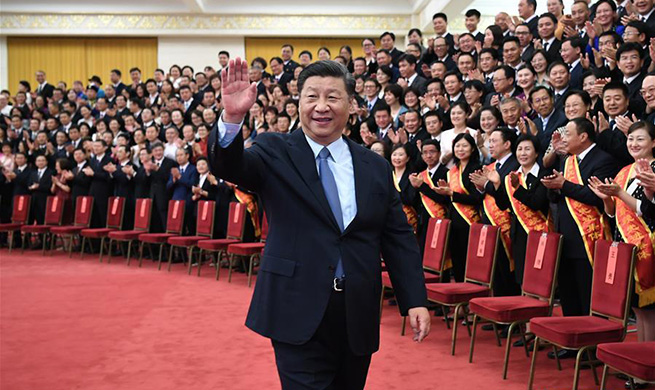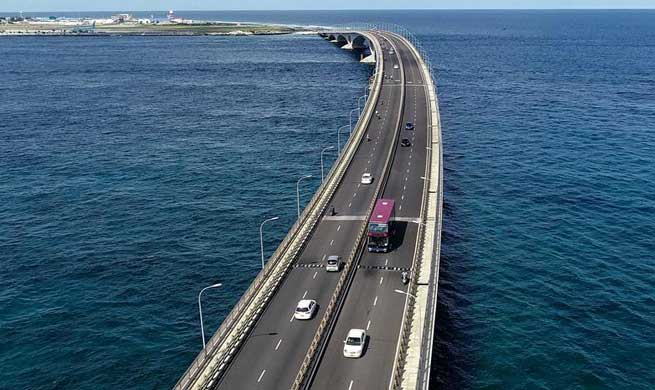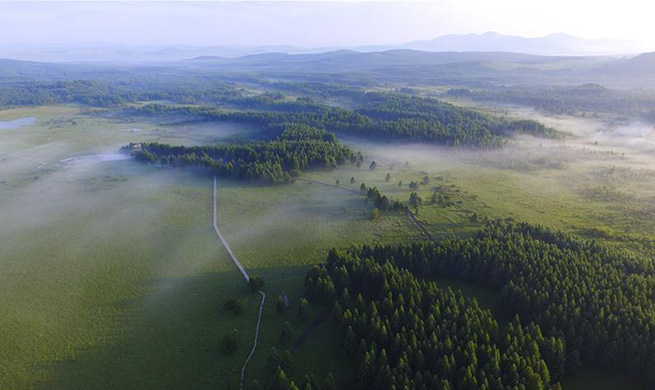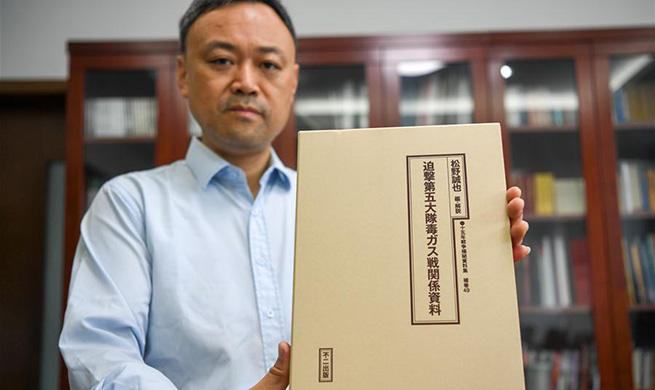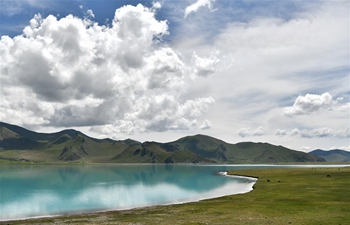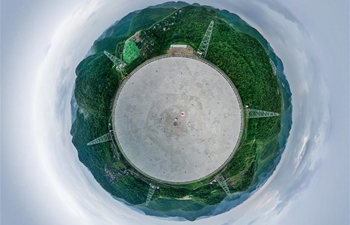by Pankaj Yadav
NEW DELHI, Sept. 3 (Xinhua) -- Indian capital New Delhi needs to learn from China in successfully cleaning its air above Beijing and neighbouring areas five years ago, a new study jointly conducted by Indian and Chinese environmentalists has suggested.
The study was jointly conducted by China-based policy think tank Bluetech Clean Air Alliance and Delhi-based environment organisation Climate Trends that aims at strategic communications, focusing on building public understanding and discourse on issues of climate change, environment and clean energy.
Titled "Gaining a Rapid Win against Air Pollution: How India Can Make Use of China's Experience," the study compared air pollution conditions in Delhi-NCR (national capital region) and Beijing-Tianjin-Hebei (BTH) region.
China undertaken an action plan from 2012-2017 to address air pollution in BTH, which resulted in reduction of PM 2.5 levels by 40 percent.
In an interview with Xinhua, Climate Trends' Aarti Khosla said that the lessons shared in the report from China's experiences are "worth considering" for the Indian government. A strong political will is required in India to address air pollution in Delhi in order to replicate China's experiences, she told Xinhua.
"Mainly important to note that high political will in the case of China led to strong enforcement and implementation. India could do well to also abide by timelines, for example for emission norms, and have stringent targets and work towards achieving them," Aarti said.
According to her, Delhi-NCR is impacted by local and regional sources of pollution like Beijing was. Both are mega cities with a high population, high emissions and the political centres of their respective countries.
While the central government has taken positive steps to curb local sources like transitioning to BS-VI fuel, giving e-mobility an impetus, shifting polluting industries out of the city limits, "regional sources like agricultural biomass burning and industrial pollution still needs to be controlled," said Aarti in her study report.
The study also found that Delhi was based in the pollution sensitive Indo-Gangetic Plain (IGP), which has the "valley effect." Therefore, during the post-monsoon months due to a combination of atmospheric and human factors, pollution in Delhi gets magnified.
Apart from the usual culprits like industrial and vehicular emissions, seasonal factors like dust storms, crop fires, burning of solid fuels for heating, and firecracker-related pollution during the festival of Diwali, also aggravate the winter pollution crisis.
The cooler winter air is more dense, trapping the pollutants forming what meteorologists call the "atmospheric lid," concluded the study.

